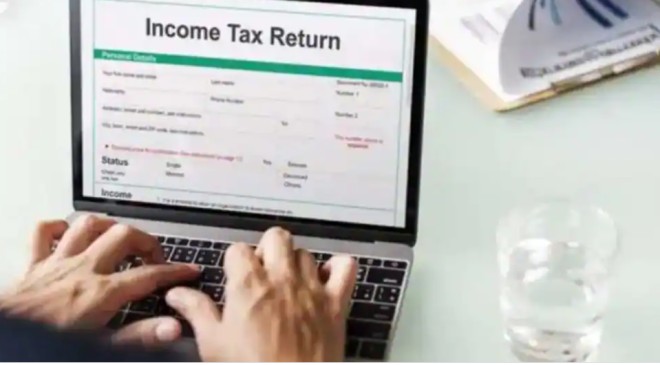Learn the specifics of why the notice was delivered to you and what it means in light of the areas it refers to.
New Delhi: Paying taxes is an essential responsibility for citizens, but the process can sometimes become complicated due to errors, misunderstandings, or unanticipated changes in your financial situation. These issues might result in receiving income tax notices from the Income Tax Department. Thus, when the income tax agency sends you a notification, don’t freak out. Instead, learn the specifics of why the notice was delivered to you and what it means in light of the areas it refers to.
There are many different types of income tax notices, but some of the most common include:
In the event that your tax return is incomplete or contains inaccurate information, notice is sent pursuant to Section 139(1). The return’s flaw must be fixed within 15 days of the issuance of such a notice.
When the tax officer is dissatisfied with the information or documents you have presented, a notification under Section 143(2) is given. You are required to supply more information as a taxpayer for additional review.
The Income Tax Department issues a notice under Section 156, often known as a demand notice, whenever you owe money in the form of taxes, interest, penalties, or other debts. The amount required will be made very clear in the notice.
When an officer issues a demand under Section 245 because they believe you owe back taxes, they seek to deduct that amount from your current-year refund. A change, however, may only be made after giving you adequate notice and a chance to reply within 30 days.
In conclusion, if the officer believes that you have failed to file your return at all or have not filed it even though it is required by law, they may send you a notice under Section 148. The assessing officer is allowed to review the income in the following instances, as per Zee Business:
How To Tackle The Notices:
It’s crucial to correctly respond to these notices. You have 30 days from the time you get the notice mandated by Section 143(1) to respond. Check the identity information included in the notice, including the name, address, and PAN number. Verify the assessment year and the e-filing acknowledgment number. If an error was made when filing the initial ITR, you have 15 days to file the updated returns.
Also Read– Top 10 Personal Tax changes expected in Budget 2023
Submit a rectification return if the Income Tax Department’s order is found to include any errors or inaccuracies. Recognize the reason for the notice and the discrepancy between your reported income on Form 16/16A/26AS and the notice’s income. Respond to a demand notice issued under Section 156 within 30 days to avoid interest and penalties, the report said.
How do I Check Outstanding Tax Demands?
Log in to the official website of the income tax filing using your user name and password to view your outstanding tax demand. Visit the ‘e-file’ tab and select ‘Response to outstanding tax demand. How can the information of the jurisdictional assessing officer be checked?
Read More:- Yatharth Hospital IPO GMP, Subscription, Review; Should You Buy on Last Day?
Log up to the income tax e-filing system and select “Know Your Jurisdictional AO” from the “Services” menu to learn more about your jurisdictional assessor, as per the Economic Times.



































